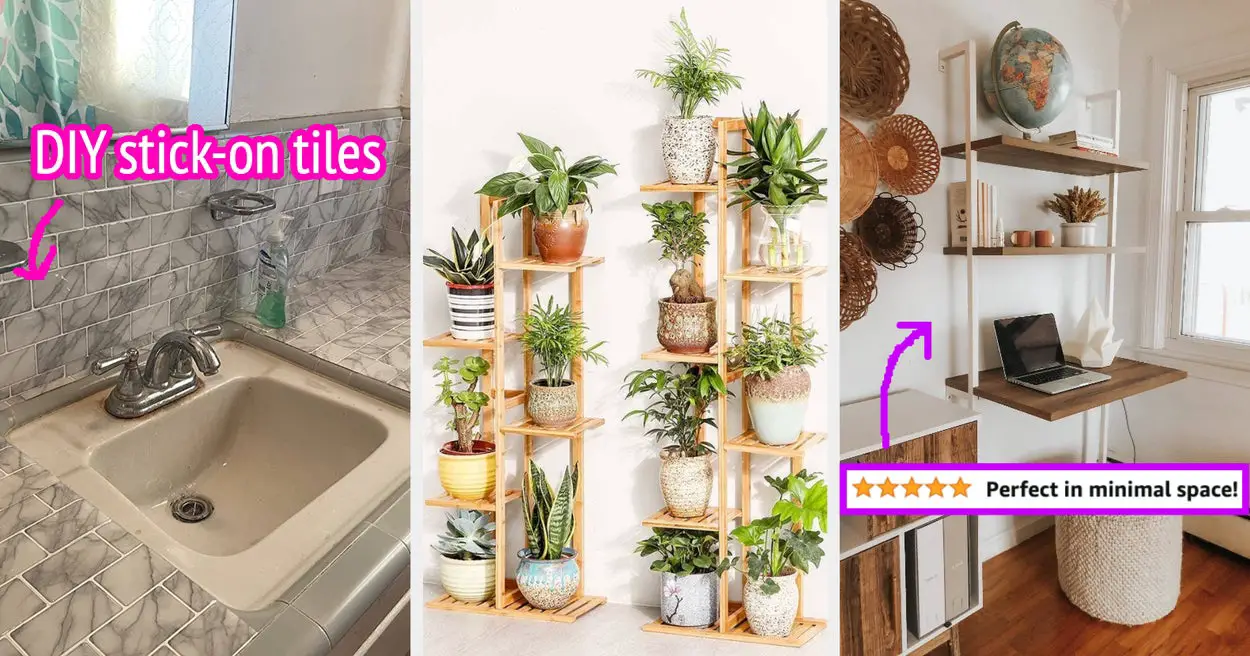Tailwind CSS has become a popular pick for software development teams to design responsive new-era web and mobile app designs effectively and speedily. Using this framework, developers can quickly design custom UIs by directly employing a set of pre-defined CSS classes in an HTML file. And utilizing Tailwind CSS for executing React Native projects is a preferred choice. React Native is one of the most sought-after cross-platform app development frameworks that use React and JavaScript. This article explores the reasons to use Tailwind CSS in React Native app development projects.
What Is Tailwind CSS?
Tailwind CSS is a small-sized utility-first CSS framework that offers numerous classes. One can customize these classes to any extent. Tailwind CSS redefines the styling process of a software application due to its flexibility and high customization capability. It helps you to build complex designs while keeping the CSS code maintainable and easy to read.
There is a wide variety of pre-defined classes that you can use for quickly styling HTML elements. You can combine these classes to design complicated layouts and infinite styles effectively, and that too, without the need for writing custom CSS code. Moreover, the numerous customization options allow developers to effortlessly change the appearance of the designs as per their specific requirements. In a nutshell, you get a design system that enables you to write conditional and device-specific styles.
Some of the notable features of Tailwind CSS are typography styles, a responsive grid system, a pre-built color palette, etc. It is also highly extensible, as you can integrate Tailwind CSS with multiple third-party plugins.
Reasons to Use Tailwind CSS With React Native
Styling a React Native app is easy during the early developmental stages. React Native’s own eco-system provides handy stylesheets. However, as the development process proceeds, the codebase expands, and as such, the stylesheets also increase. At this stage, it becomes challenging to maintain uniform class names and reuse styles. This is why you need Tailwind CSS. It minimizes the bulk stylesheets. Also, styles created with Tailwind can be reused for other components.
Let’s explore the reasons why Tailwind CSS usage proves beneficial to React Native projects!
Availability of Tailwind Packages
Tailwind CSS offers multiple handy packages designed particularly for React Native projects that enable you to design captivating and responsive mobile app UIs. These packages help React Native mobile app developers leverage Tailwind’s utility-first approach to meeting their styling requirements. They streamline the development process and save developers time. Moreover, since the stylesheets can be reused, the codebase won’t be bulky and will be easily maintainable. Take a peek through the noteworthy Tailwind packages!
Tailwind-react-native-classnames
This is a JavaScript utility function with which you can generate class names as per your Tailwind configuration. You can use these class names for styling React Native components. Here are the steps to integrate tailwind-react-native-classnames into your React Native project.
Step 1
Run the command npm install tailwind-react-native-classnames or yarn add tailwind-react-native-classnames.
Step 2
Then, import the classnames utility function from the package in your React Native component file.
Step 3
Create a tailwind.config.js file in the root directory of your project for defining the Tailwind configuration. This file should export an object that defines your Tailwind classes.
// tailwind.config.js
module.exports = {
theme: {
extend: {
// ...
},
},
variants: {
// ...
},
plugins: [
// ...
],
};Step4
Use the classnames function for generating class names and then use them for styling the React Native components.
import React from 'react';
import { View, Text } from 'react-native';
import { classnames } from 'tailwind-react-native-classnames';
const MyComponent = () => {
const containerClasses = classnames('bg-blue-500', 'p-4');
const textClasses = classnames('text-white', 'text-lg');
return (
<View style={containerClasses}>
<Text style={textClasses}>Hello, world!</Text>
</View>
);
};
export default MyComponent;“Rn-tw”
This package offers a lightweight implementation of tailwind CSS for React Native and focuses on performance and ease of use.
Rn-classy
This package provides an easy and intuitive way to apply Tailwind CSS classes to the React Native components.
tailwind-rn
This is a device-specific customizable package. It takes in classes in the form of strings and then converts the classes into CSS, which is compatible with the React Native framework.
React-native-styled-paper
This package integrates Tailwind CSS with Material Design to offer a set of pre-built components for the user interface. You can effortlessly customize these components to match the look and feel of a software application.
Customization Capability
You can effortlessly apply the pre-defined CSS utility classes to the React Native components. You can customize these utility classes tailored to the unique design requirements of your brand. This eliminates the need for reinventing the wheel and writing custom codes from scratch. As such, the development time reduces, and productivity improves considerably.
Consistency and Accessibility
Styling mobile apps is way more complex as compared to web apps or solutions. The screens of mobile devices widely vary. So, mobile app developers have to organize the elements of the user interface effectively within a limited space. And at the same time, developers need to make the UI user-friendly and ensure that differently-sized screens and devices are supported.
Tailwind CSS provides a consistent set of utility classes that you can use across various components. This allows developers to easily maintain a consistent layout and design across the app. Also, this framework allows you to create a custom user interface. You can build customized themes with the help of the Tailwind config file- tailwind-config.js. Some examples are layouts, color palettes, breakpoints, etc. However, if you do not wish to create any customized configurations, Tailwind CSS supports that too.
In other words, you get a responsive design system that simplifies the process of creating layouts adapted to different types of devices and screen sizes. You can create a uniform design across different components and screens. And the outcome is enhanced UX across various devices.
Coming to accessibility, the in-built accessibility features of this framework allow you to develop accessible UIs that comply with the WCAG guidelines.
Small-sized Bundles in Production
Tailwind CSS is known for smaller-sized bundles in production to speed up the loading time for users. Here’s the reason. During production, this framework helps you to remove all unused CSS and ensures that the bundle size is minimal. Most of the bundles are usually lesser than 10KB. This feature proves advantageous for mobile app development projects as the size of the bundles plays a crucial role when you publish apps to the App Store or Play Store.
Take a look at some handy tips to reduce the bundle size to the minimum when employing Tailwind CSS in React Native projects.
- Remove unused styles from the final bundle by using the “purge” option in the Tailwind configuration file. ‘Purge’ analyses the code and eliminates any classes that are not used in the final app.
- Generate aspect ratio utilities on the fly instead of including them in the final bundle. For this, use the @tailwind/aspect-ratio plugin.
- Remove comments from the final CSS file with the help of postcss-discard-comments plugin.
- Minify the final CSS file using the postcss-csso plugin.
- Employ the react-native-web library for sharing styles between React Native and web apps. This library offers a set of CSS classes that imitates the styles used in React Native. This minimizes the amount of custom CSS that you need to write.
- Now, load Tailwind CSS on-demand using dynamic imports. This way, you can only load the styles that you need for a specific component. As a result, the overall bundle reduces in size.
Better Maintainability
You can style React Native components by either adding a new CSS file for each component or by adding CSS to the same file employing React Native’s stylesheet method. Both of these methodologies make the file bulky down the line and hence, becomes difficult to be maintained as the app grows. The first method adds too many files to the React Native project. For instance, if there are several buttons, you need to add many CSS files to define styles for each button. The second methodology results in lengthy component files that are challenging to read.
Tailwind CSS resolves such maintainability woes. You need to maintain a single component file only and include the relevant elements.
Micro Frontend Development
With this framework, you can easily elevate your frontend development to the next level using independent components. The Tailwind-React Native combo helps you to build micro frontends. Micro frontends enable you to break down a larger frontend app into smaller parts that are more manageable.
These are the key steps you need to follow for building micro frontends using the Tailwind-React Native combination.
- Define the individual components that form the micro front end. These components can be anything from entire pages to small buttons.
- Create a React Native project separately for every micro frontend. This will help you to develop and deploy each of these micro front ends independently.
- Install Tailwind CSS in every React Native project employing a package manager such as “yarn” or “npm.”
- Now, configure Tailwind CSS in every project by creating a file named tailwind.config.js. Add the desired configuration to this file.
- Develop every micro frontend component separately in their respective React Native projects and style your components with Tailwind CSS.
- Then, publish the micro frontend components to a package registry (public or private).
- Import the components of the micro front end into the main app and use them as required.
Faster Development
Tailwind CSS, when used with React Native, can boost the app development speed as it minimizes the need to write custom CSS styles for every component. So, developers can use pre-defined utility classes for styling their components. Also, the high maintainability and scalability of applications built using the Tailwind-React Native combo add to the development speed.
Dynamic Community Support
Tailwind CSS boasts a huge and active community that offers support through online resources like forums. Here, experienced developers share tips, best practices, and even code snippets. React Native developers can utilize these forums to gain valuable insights on integrating Tailwind CSS.
Closing Views
Combining Tailwind CSS with React Native helps software development teams to create responsive and accessible applications speedily and consistently. However, you need to follow the best practices and right methodologies to reap the benefits of the Tailwind CSS and React Native combination. You can consider partnering with an experienced React Native mobile app development Company to obtain the best results.
Source link






Leave a Reply